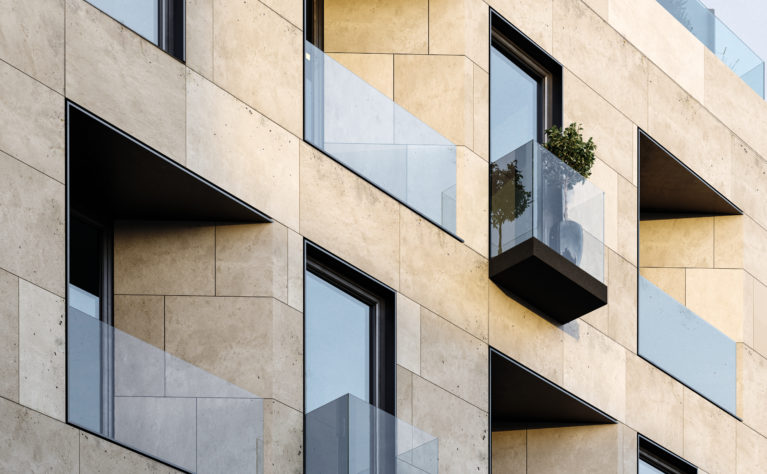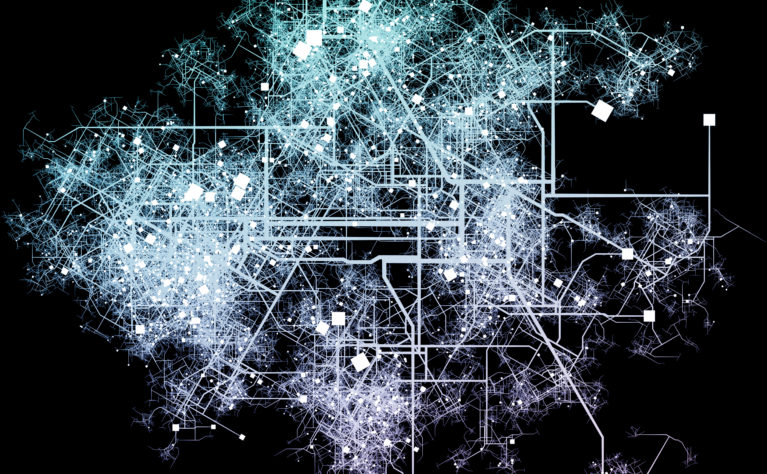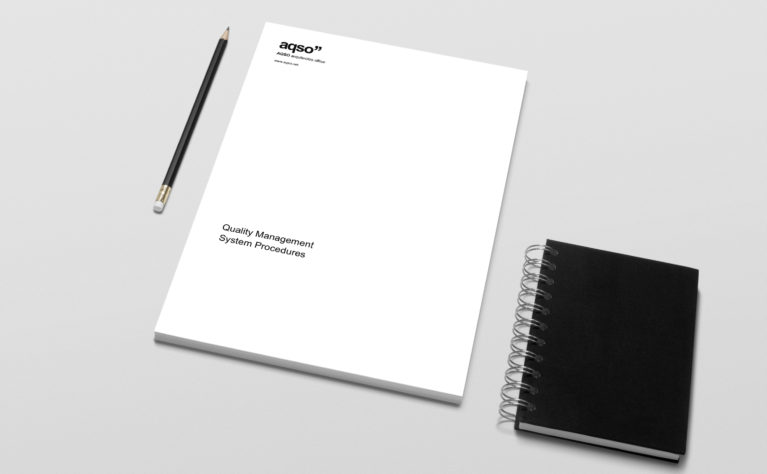
Time and design are both mutually exclusive terms that are often drifted apart in the fast-paced landscape of today’s architecture industry. It’s a question related to the technological revolution, and the impact of such quickly derived outcomes is setting unexpectedly high expectations from clients.
From a developer’s point of view, it is of the utmost importance that the architect delivers the most appropriate, profitable and efficient building solution at the drop of a hat. It’s a plausible expectation because there is always an ingredient of urgency in every investment, but what most client’s overlook is the fact that the quality of a project is directly proportional to the time spent.
One of the most significant challenges any architectural business faces is getting the client to trust their team so that the team can manage the client’s expectations. Architecture is a discipline with both rigid and flexible criteria, a sort of equation made of creativity and technical requirements whose variables take time to clear. It always requires a trial and error method to decipher the best and most realistic result. Let’s look at five reasons why the time spent on developing a project always converts into long-term value.
Creativity
First, it is essential to understand that the value of any development is related to the quality of the architecture, which demands creativity, and therefore research and development. Fostering the creative process of a talented team requires providing the right tools to nurture their ideas, and most importantly, giving them the ideal amount of time to experiment and visualise their plans accurately.
Quality Control
Quality assurance in any iteration of design is related to the coordination of the development and its adjustment to reality. This process is achieved through iterations, models and simulations. Although technology helps to reduce errors in calculations and design processes, the data that make up an architectural project is always provided and managed by people, so the quality of the result depends on their dedication.
Precision
The definition of a project increases exponentially throughout its development. The gradual introduction of systems, materials and M&E must be accurate, both in spatial and technical terms. Aspects such as QS calculations reach a maximum level of complexity in the last phases of development. The developer should be patient if they want a cost-estimate that is as close to the original thing as possible. Once the itinerary is set, we have a comprehensive and accredited management system to make sure resources and timelines are precise.
Tools
Each specific aspect of the project requires a different tool for its development. Plants, sections and elevations are just not enough to explain the design and assure the quality of the execution. Three-dimensional visualisations, physical models or mock-ups are great ways to determine design decisions, and it is worthy to spend time and resources to put them into practice.
Communication
The ultimate goal of a design is to provide instructions for a skilled team of people to achieve an excellent built result. The interaction between the agents involved in the process (developers, investors, stakeholders, consultants, builders and also communities) is a fundamental aspect to consider for the success of any development. Dedicating time to communicate the value and details of the design intent involves preparing clear, accurate and easy to understand project documents.
We believe that the quality of a design is what reflects the true potential of a firm. Architecture is a field that requires a particular kind of creativity and experimentation. The combination of a controlled system, a highly motivated team and time is the best breeding ground for extraordinary design.




